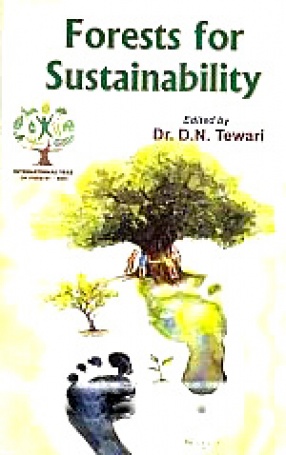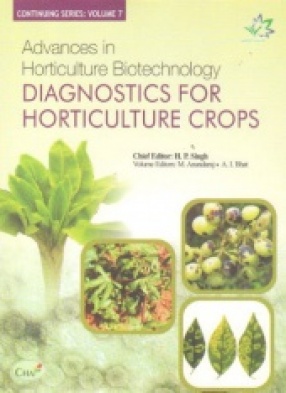Neem (Azadirachta indica A. Juss.) tree is an attractive evergreen (deciduous in drier areas) native to the Indian subcontinent, but cultivated throughout South-east Asia, Australia, East and Sub-Sahelian Africa, Fiji, Mauritius, many countries in Central and South America, the Caribbean, Puerto Rico, and the Virgin Islands. There are host of products obtained from the neem tree, many of which are of potential use in pest management programmes hence, it has gained world-wide importance. Neem tree is very important, culturally, medicinally, and pesticidally in the Indian subcontinent. It provides tooth brush, soap, sacrament, protection to the grains, pulses, and rice and spiritual food to 860 million people. Ketkar describes amoebicidal, antiallergic, antidermatitic, antieczemic, antifeedant, antifungal, antifuruncular, antigingivitic, antihistaminic, anti-inflammatory, antiperiodontitic, antipyorrhoeic, antiscabic, antiseborrhoeic, antitubercular, antiviral, bactericide, cardiac, diuretic, insecticidal, larvicidal, nematicidal, piscicidal, spermicidal, and other biological activities of neem or its derivatives. Studies have shown potential for use of neem products against plant pathogenic fungi, viruses and in the treatment of many human pathogenic fungi. Unrefined neem oil may contain 50-1000 ppb aflatoxin compared to 25 ppb for refined oil.

Monograph on Neem (Azadirachta Indica A. Juss.)
In stock
Free & Quick Delivery Worldwide
reviews
Bibliographic information
Title
Monograph on Neem (Azadirachta Indica A. Juss.)
Author
Edition
1st ed.
Publisher
Length
279p., Figures; Plates; Bibliography.
Subjects







There are no reviews yet.